Imbolc is a pagan festival that is celebrated on February 1st and marks the beginning of spring in the northern hemisphere. It is associated with the goddess Brigid and the themes of renewal, purification, and fertility.
Origins of Imbolc
The Pagan Wheel of Time is based on the ancient agricultural and solar festivals of pre-Christian Europe. Later they were later adapted and adopted by modern Pagan and Wiccan traditions. The Wheel of Time consists of eight seasonal festivals: Yule (December 20 – 23), Imbolc (February 1 – 6), Ostara (March 19 – 22), Beltane (May 1), Lithia (June 19 – 23), Lughnasadh or Lammas (August 1), Mabon (September 21 – 24), and Samhain (November 1).
Ancient Celtic and Gaelic traditions celebrated Imbolc as a festival marking the beginning of spring. But what does Imbolc mean? This word derives from the Old Irish “Imbolg”. It means “in the belly,” referencing the pregnancy of ewes and other farm animals around this time. People also associated Imbolc with the goddess Brigid, whom they worshipped as a deity of fertility, healing, poetry, and smithcraft.
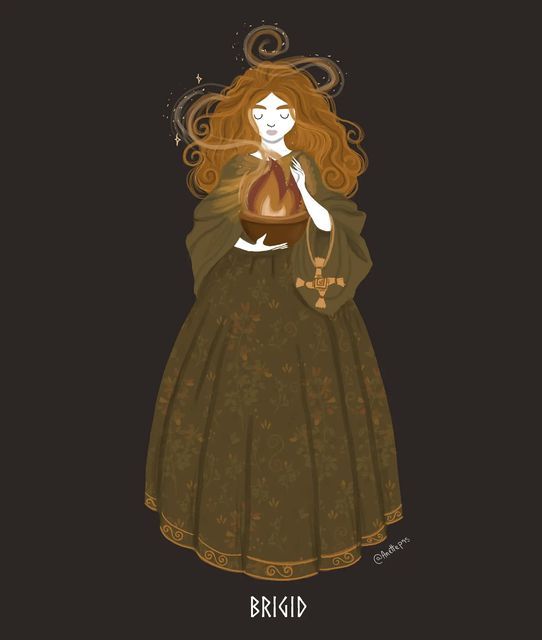
Some regions of Ireland referred to Imbolc as “St. Brigid’s Day,” where Brigid was revered as a Christian saint and pagan goddess. The festival involved lighting fires, making offerings to Brigid, and performing divination rituals to predict the coming year’s harvest and weather patterns. Today, modern Pagan and Wiccan communities still observe Imbolc as one of the eight seasonal festivals of the Wheel of the Year, continuing to honor the themes of rebirth, renewal, and the return of light and warmth after the dark winter months.
Correspondences
- Colors: white, yellow, pink, green
- Herbs: snowdrop, crocus, violet, aconite
- Stones: amethyst, bloodstone, garnet, onyx
- Animals: sheep, snake
- Elements: fire, water
Symbols of Imbolc
Imbolc is a festival of purification, renewal, and new beginnings, and the correspondences and products associated with it reflect these themes. Whether you choose to celebrate with candles, incense, talismans, food, or other items, incorporating these correspondences can help to create a meaningful and authentic Imbolc celebration.
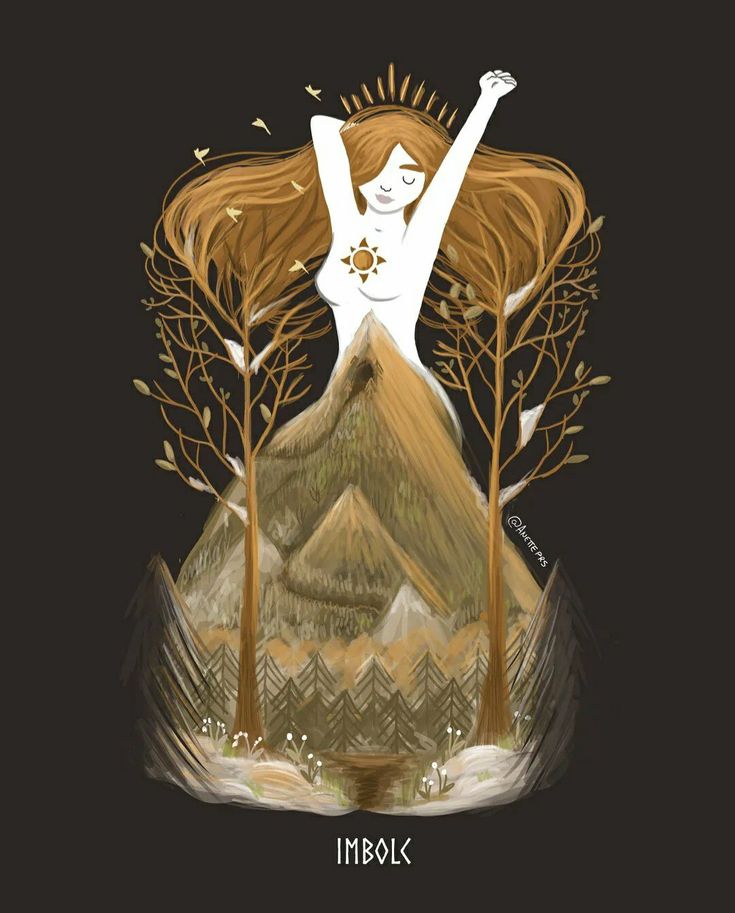
- Candles: Imbolc is a festival of light, and candles are an important aspect of the celebration. White candles are for to represent the purity and renewal of spring, while yellow candles are used to represent the return of the sun.
- Incense: Herbs such as frankincense and myrrh are the Imbolc herbs. You can use them to create a purifying and renewing atmosphere.
- Talismans and charms: Amulets and charms made from the corresponding stones, such as amethyst, bloodstone, and garnet can bring good luck and protection.
- Food and drink: Dairy products, such as butter and cheese, are traditional Imbolc foods. They are the symbols of the goddess Brigid. She is the patron of dairy farmers. Spiced wines and ales are also perfect for during the festival.
- Brigid crosses: These are crosses made from rushes or straws. They are traditionally used as a symbol of protection and purification.
What To Do For Imbolc?
It’s important to remember that making wishes and intentions is a personal and individual process. Therefore, what may be a wish for one person may not be for another. It’s important to reflect and make wishes that align with your values and beliefs.
Imbolc is a pagan festival associated with the goddess Brigid. Its themes are renewal, purification, and fertility. There are many different activities that people may participate in during Imbolc. Here are a few examples:
Lighting candles or bonfires
Imbolc is a festival of light. Many people may choose to light candles or bonfires as a symbol of the return of the sun.
Making Brigid crosses
These are crosses made from rushes or straw and are traditionally used as a symbol of protection and purification.
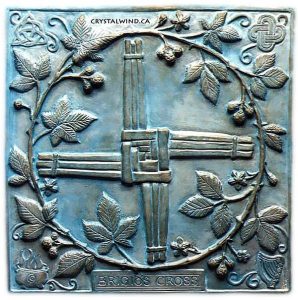
Cleansing and purification rituals
Imbolc is a time of new beginnings. Many people may choose to participate in rituals to cleanse and purify themselves and their homes.
Creating an Imbolc altar
Setting up a sacred space with items that represent the correspondences of the festival, such as herbs, stones, candles, and images of Brigid.
Cooking traditional Imbolc foods
Dairy products, such as butter and cheese, are traditional Imbolc foods, as they are associated with the goddess Brigid, who is the patron of dairy farmers. Spiced wines and ales are also commonly consumed during the festival.
Meditating or making wishes or intentions
Imbolc is a time for reflection, making wishes, or intentions for the coming year, and aligning with the themes of the festival.
Study of Imbolc’s mythology
You can study the goddess Brigid and the festival’s history. That way you can fully comprehend the meaning and magic of Imbolc.
Celebrating with a community
Some people may choose to celebrate Imbolc with a group, whether it be a coven, a community of friends, or family.
It’s important to remember that different people may choose to celebrate Imbolc in different ways and that there is no right or wrong way to participate in the festival. The most important thing is to find activities that align with your values and beliefs and that feel meaningful to you.
How To Make An Imbolc Altar?
An Imbolc altar is a sacred space that is set up to honor the goddess Brigid and the themes of the festival. It can be as simple or as elaborate as you like and can include a variety of items to represent the correspondence of the festival.
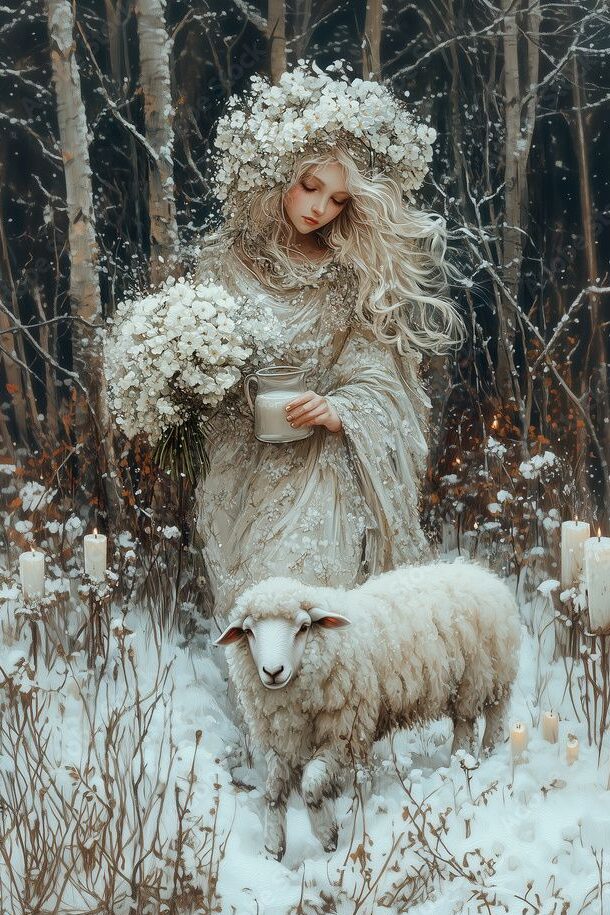
Here are some items that you can include on your Imbolc altar:
- A statue or image of Brigid. This can be a traditional depiction of the goddess or a more modern interpretation.
- Candles. You can use white candles to represent the purity and renewal of spring. And yellow candles to represent the return of the sun.
- Herbs. You can put Imbolc herbs such as snowdrops, crocus, violet, and aconite on the altar to represent the arrival of spring.
- Stones. Amethyst, bloodstone, garnet, and onyx are some of the stones you can place on the altar to represent the power of the festival.
- Brigid crosses. Use crosses made from rushes or straws. They are the traditional symbol of protection and purification.
- A cauldron or chalice. Use for holding offerings of food or drink, or to burn incense.
- A bowl of water. You can use it to represent the element of water, as it is the symbol of Imbolc.
- A mirror. You can use it to represent the element of fire, as it is the symbol of Imbolc.
It’s important to create an altar that is meaningful to you and that feels sacred. You may want to include objects or symbols that are specific to your personal beliefs or that have special significance to you.
Additionally, it’s a good idea to cleanse your altar regularly, with sage, incense, or other purifying elements, and to change the altar layout or objects with the season or festival.
Referances:
Hutton, Ronald. Stations of the Sun: A History of the Ritual Year in Britain. Oxford University Press, 1996.
Koch, John T. Celtic Culture: A Historical Encyclopedia. ABC-CLIO, 2006.
Wright, Brian. “Brigid: Goddess, Druidess and Saint.” The History Press, 2011.
History, A&E Television Networks: “Imbolc 2024: Blessings, Rituals & Meaning.”
Wikipedia, Wikimedia Foundation: “Imbolc“

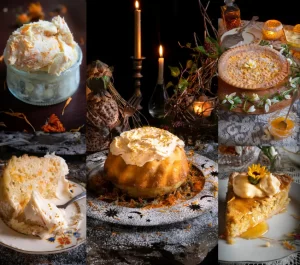
[…] Imbolc (Candlemas) […]